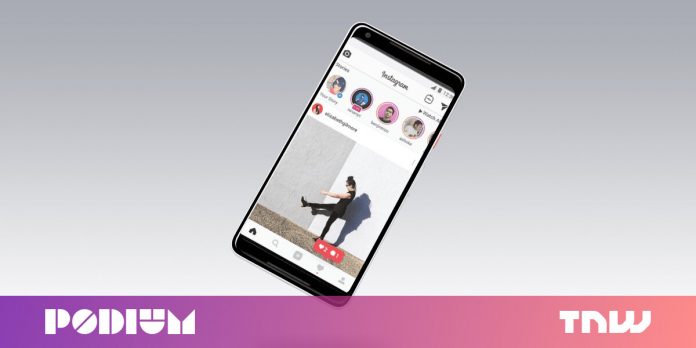Twenty-one years this year, no one can challenge Google’s dominance in the search world. In the end, it has a huge market share of 81.5 percent worldwide. But new players are starting to lose ground in Europe and North America – especially when it comes to users researching products – and they come from different areas.
If you turn your attention to the time spent on the Internet as a whole, the vast majority (96 percent) of activity already occurs outside of search engines. Meanwhile, more time is spent on social networks: the average user now spends 2 hours and 16 minutes every day on social networks – a minute more than last year.
And as social platforms evolve, becoming not so much talk as entertainment, consumer behavior on the Internet is also changing. The content orientation of social networks makes them the main place to research and buy new products; a behavioral trend that susceptible brands can now see as a great opportunity.
Product research moves to social
Historically, consumers have always turned to search engines to interact with the products they are interested in. As a result, search engine optimization (SEO) and pay-per-click advertising (PPC) have become key factors that allow brands to show their products to users at this important stage of research.
However, users now turn to social networks to research the product. Recent studies by GlobalWebIndex and Facebook have shown that more than a quarter of global users aged 16 to 64 turned to social networks while researching products on the Internet. A significant 81 percent of respondents indicated that Instagram, originally created as a photo-sharing platform, is now a consumer search.
This trend is becoming more apparent when we focus on young consumers. According to the GlobalWebIndex report on social networks, social networks have already surpassed search engines as the leading channel for researching products among people aged 16 to 24 years.
And it is this trend that we should remember when we see that Gen Z will become 40% of all consumers by next year.
Gen Z Market Priority
The growing influence of Gen Z is obvious. Rapidly growing and demographically young markets, such as Latin America, the Middle East and Africa, are already fully involved in social search.
57 percent of Hispanic users are more likely to start researching their products on social networks, while 64 percent of users in Central and East Africa will do the same. A sure sign that the trend is set for global development.
Thus, for brands operating in the markets of Europe and North America, 2020 offers enormous opportunities – if enterprises are ready to change their strategy. Gen Z loves images, so companies need to adapt their digital marketing strategies to prioritize image-based content, and invest in their social media departments to ensure they have the right resources.
Beauty matters in social
Social product research is a completely different experience compared to the traditional and formal advertising search experience we are all used to. Users expect products to display in natural, realistic settings – and, most importantly, they expect it to be done beautifully. This marks the end of universal advertising that promotes products with a disparate, product-oriented orientation.
To attract their audience, companies must sincerely invest in design and creativity. They need groups of people who can create images and resources that will inspire and captivate their social users – and they need them quickly.
After 2020: visual search on the horizon
This is due to visual search, which, although in its infancy, is already led by the likes of Google Lens and Pinterest Lens. These platforms allow users to take photos or use existing photos to find products related to them. The technology is ready and ready to go.
Pinterest CEO Ben Silbermann believes that the future of the search will “depend on the images, not the keywords,” which means they are getting ready to do the full search.
Earlier this year, Facebook bought an AI-powered startup that created visual search technology that allows people to photograph real-world objects and use them to search for similar objects on the Internet. They also talked about the upcoming visual search technology, similar to Google and Pinterest’s Lens technology. They claim that this will allow users to take photos of what they like, and then the Marketplace will search their listings to provide similar products to them.
Meanwhile, Instagram began to introduce alternative text in photos to make the platform more accessible and to make images more searchable. They also launched in-app purchases, and in the near future they will expand to other territories.
Combined with the popularity of image-based social networks such as Instagram and Pinterest, visual search technology can provide social communities with additional opportunities to search products. Given the influence of Gen Z, this is certainly a trend that digital marketers must adapt to their digital strategies and teams.
Published December 30, 2019 – 10:00 UTC
